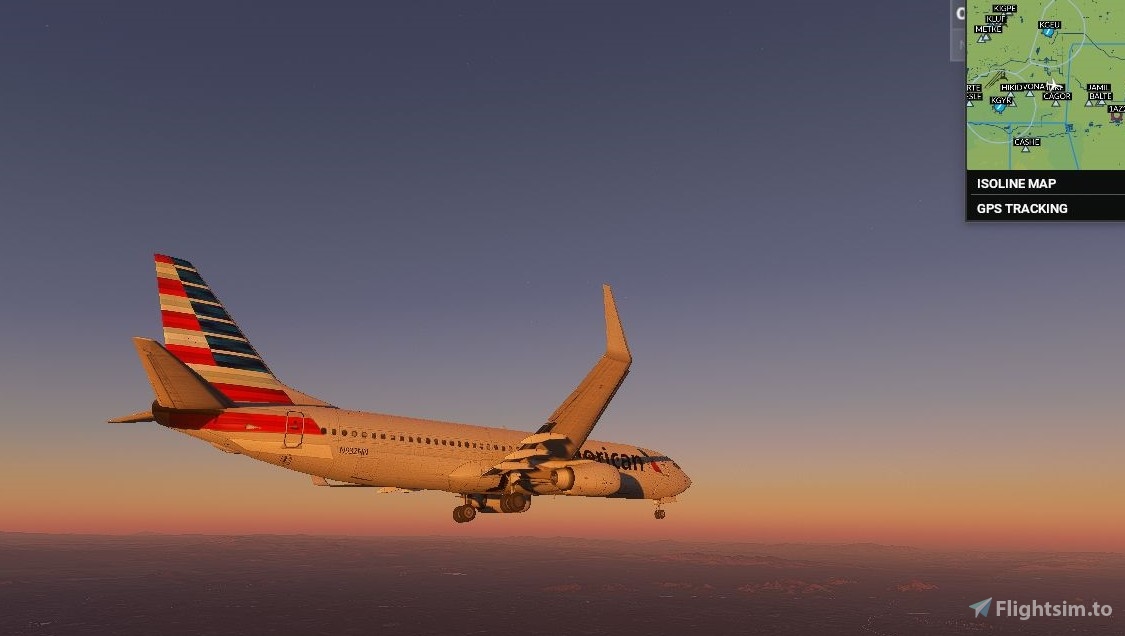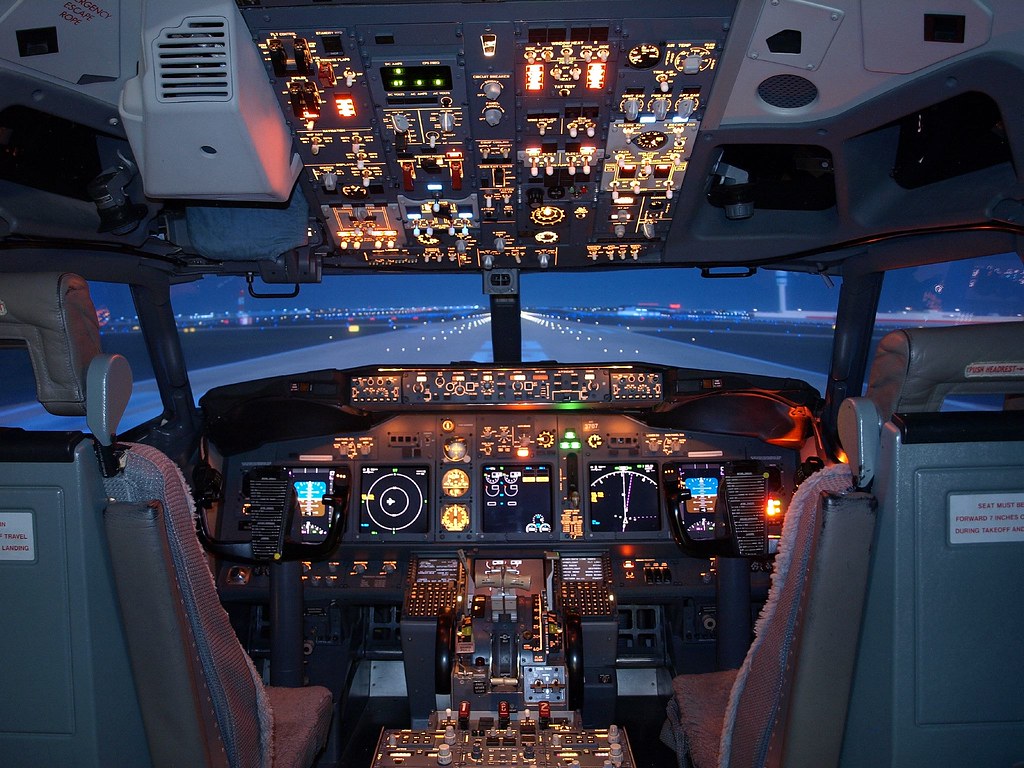


Nineteen 737-200s, modified as T-43 navigator trainers, served with the U.S. The 737 serves as a platform for military derivatives, including airborne early warning and control (AEW&C). The BBJ 2, announced in October 1999, is based on the 737-800 and has 25 percent more cabin space and twice the cargo space of the BBJ. The Boeing Business Jet (BBJ), launched in 1996 as a joint venture between Boeing and General Electric and designed for corporate and VIP applications, is a high-performance derivative of the 737-700. Customers began ordering the -900’s replacement, the higher capacity, longer range 737-900ER, in 2005. The 126- to 149-seat 737-700 was launched in November 1993 and first delivered in December 1997. Boeing certified and delivered the first three Next-Generation models in less than one year. 8, 1988.īy 1987, the 737 was the most ordered plane in commercial history. The following day, United Airlines, the first domestic customer to order the 737, took delivery of the first 737-200. 27, 1967, Lufthansa took delivery of the first production 737-100 model, in a ceremony at Boeing Field. The new technology made the position of flight engineer redundant the 737’s two-person flight deck became standard among air carriers.

The plane’s performance in these conditions led to orders in Africa, Central and South America, Asia and Australia.Īt first, the 737 was called the “square” airplane because it was as long as it was wide. Like the 727, the 737 could operate self-sufficiently at small airports and on remote, unimproved fields. This engine placement buffered some of the noise, decreased vibration and made it easier to maintain the airplane at ground level. The number of seats in the 737 also was increased by mounting the engines under the wing. The 737 had six-abreast seating - a selling point, because this way it could take more passengers per load (the DC-9 seated five abreast). The 737 later adopted the 727’s cargo convertible features, which allowed the interior to be changed from passenger to cargo use in the 737-200 series. To save production time, and get the plane on the market as soon as possible, Boeing gave the 737 the same upper lobe fuselage as the 707 and 727 so that the same upper deck cargo pallets could be used for all three jets.

There was increasing demand for transports in its category, but the 737 faced heavy competition from the Douglas DC-9 and the British Aircraft Corp. In 1967, the smaller, short-range 737 twinjet was the logical airplane to complement the 707 and the 727. The festivities included a christening by flight attendants representing the 17 airlines that had ordered the new plane. 17, 1967, the first 737 was introduced to the world. The plane was then rolled down to a nearby plant known as the Thompson Site, where Boeing had set up the first production line for the 737.Īt a ceremony inside the Thompson Site on Jan. While the old assembly building at Plant 2 seemed cavernous, it still wasn’t tall enough for the 737’s tail, which was attached using a crane in the parking lot. The first 737 was the last new airplane to be built at Plant 2 on Boeing Field in Seattle, with a production run that included the legendary B-17 Flying Fortress, B-52 Stratofortress and the world’s first large swept-wing jet - the XB-47 Stratojet. In 1965, the Boeing name was synonymous with big multiengine jet airplanes, so when the company announced its new commercial twinjet, the 737, it quickly earned the nickname “Baby Boeing.”


 0 kommentar(er)
0 kommentar(er)
